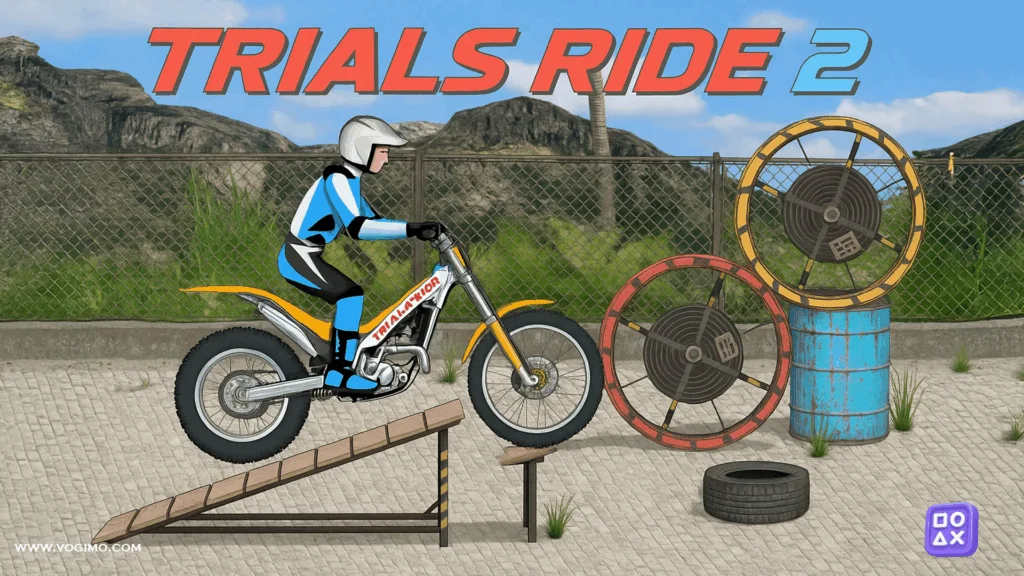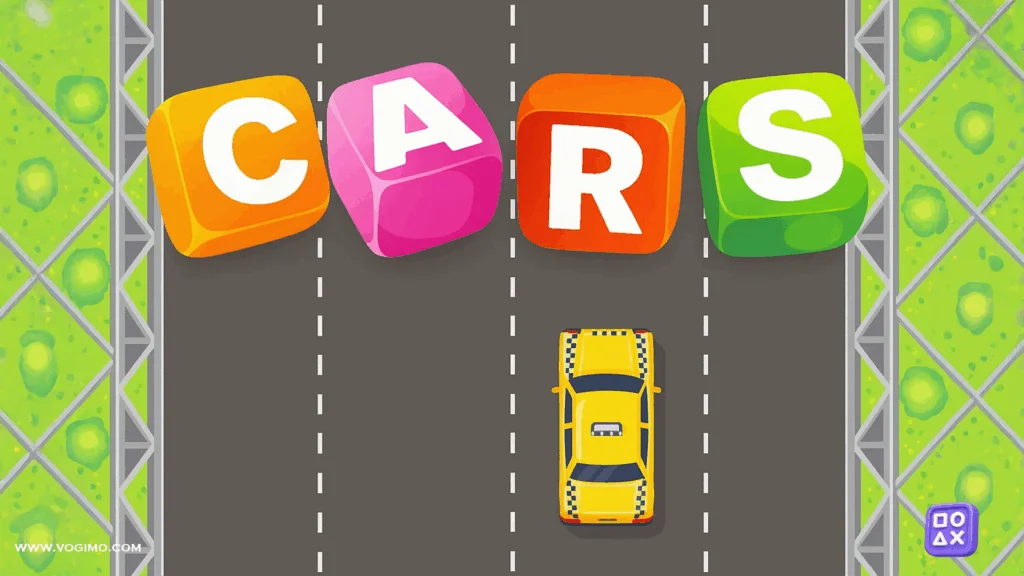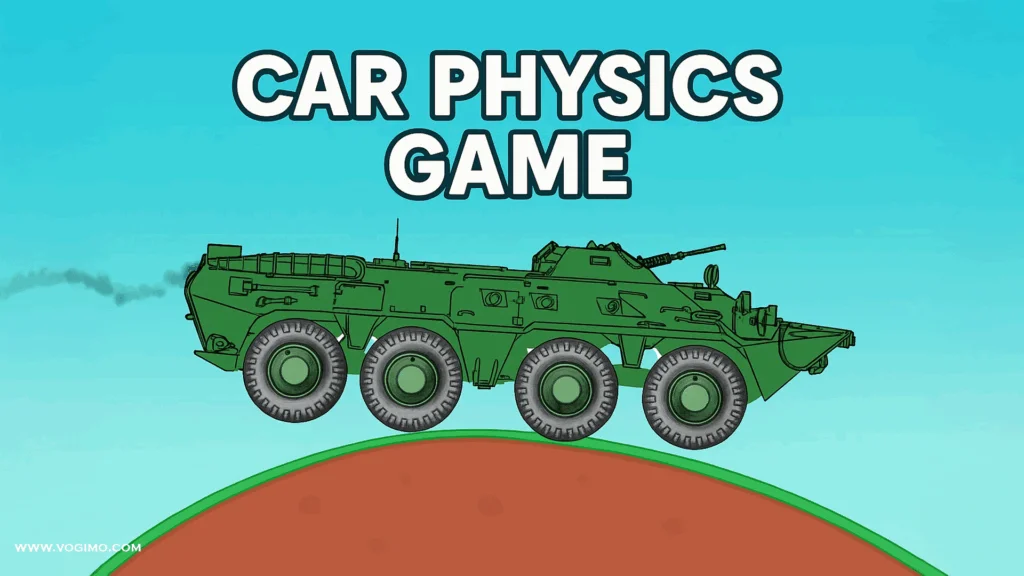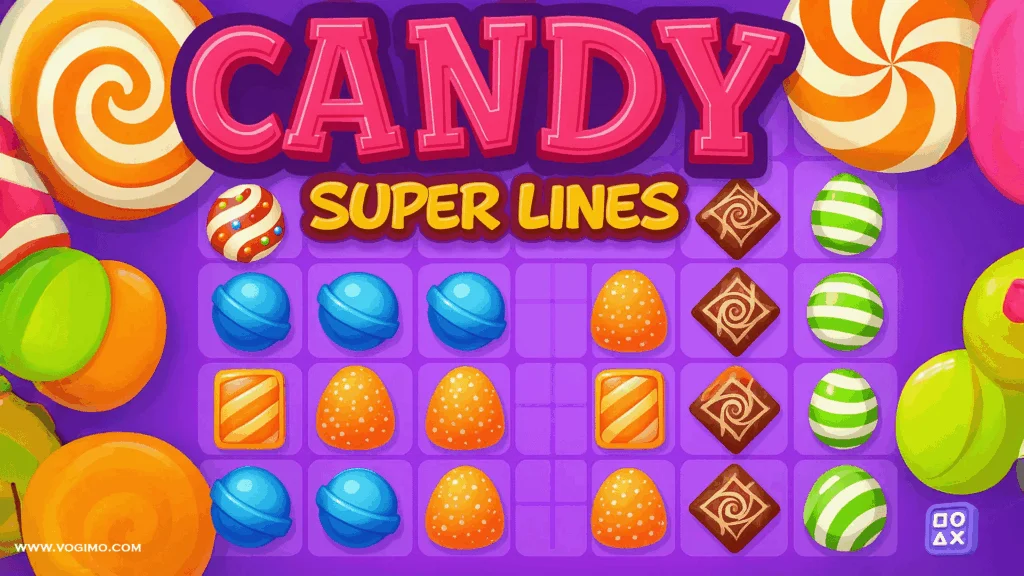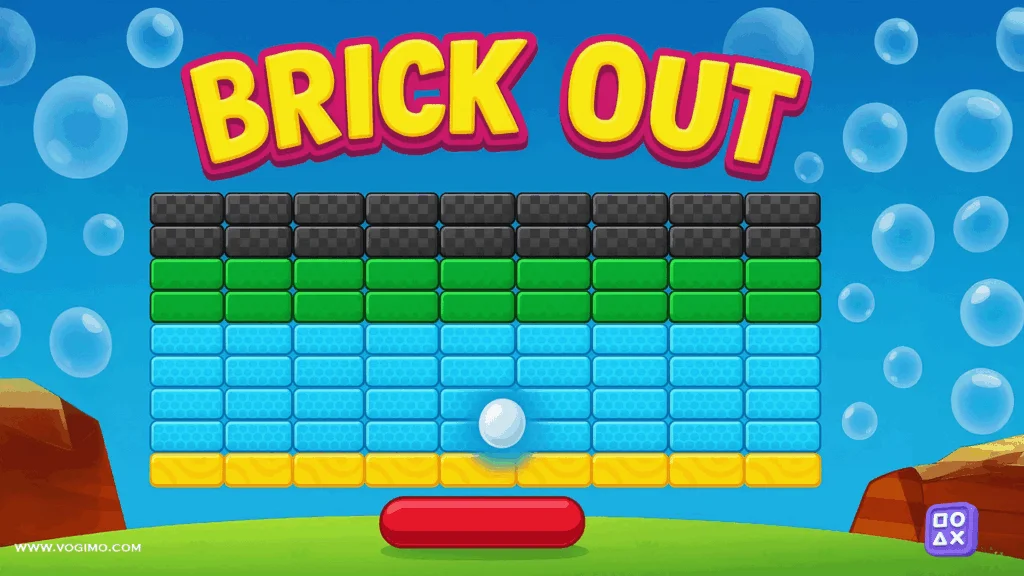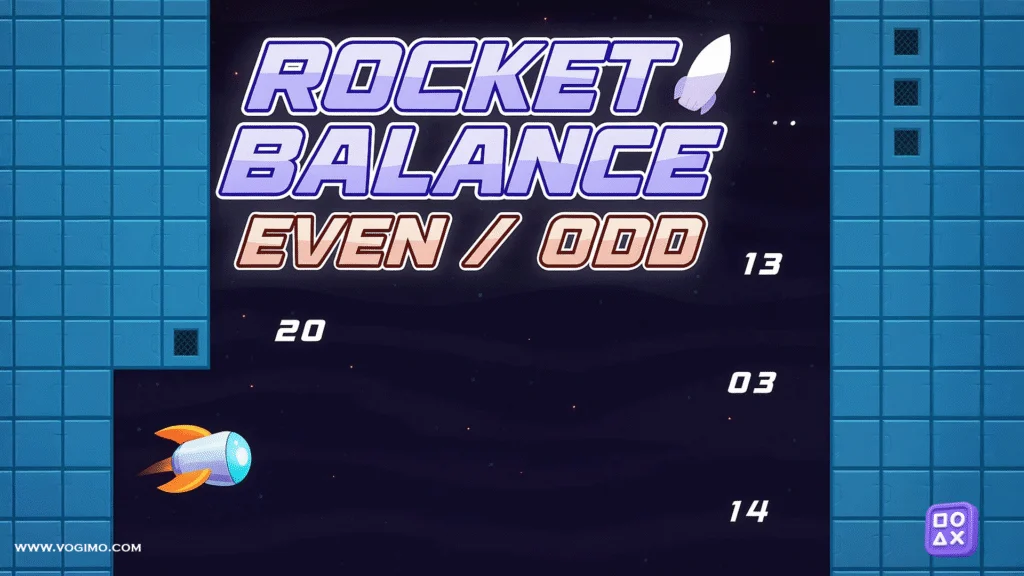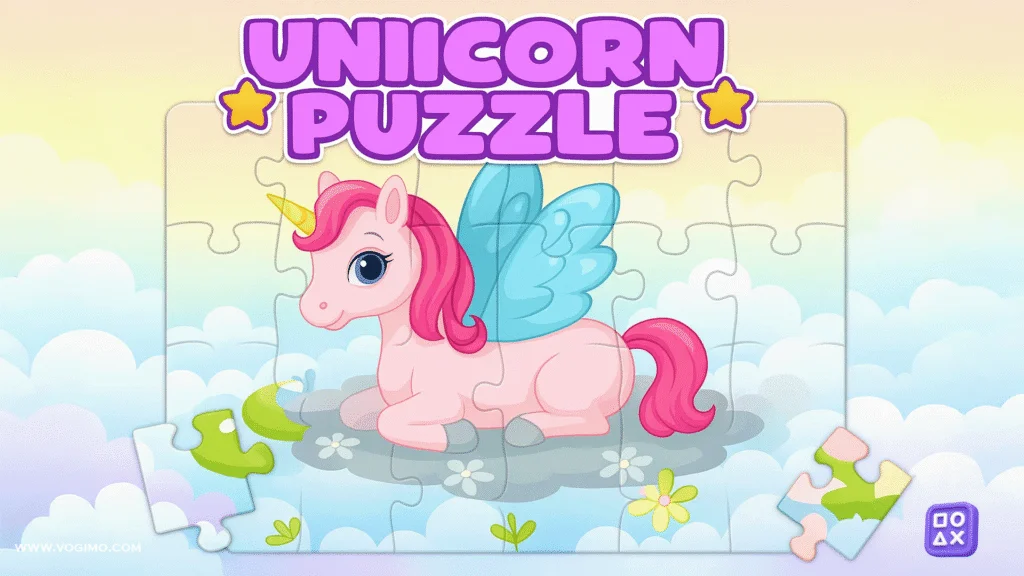CONTROLS:
Desktop
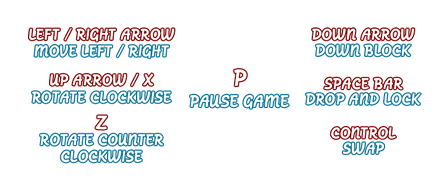
Mobile: Touch Buttons on Screen
Christmas Blocks looks straightforward at first glance: pieces tumble from the top, you tuck them into open spaces, complete a line, and poof points. But give it two or three rounds and a different rhythm appears. You start reading the board like a to-do list: leave a narrow gap for the long piece, rotate the L to cap a little chimney, clear two lines now to set up three later. It’s gently festive snowy borders, twinkly animations but the puzzle underneath is honest. One impatient drop can snowball into a lumpy stack, and a single smart rotate can rescue a run you were sure was cooked.
Runs start calm, then the pace seems to nudge upward barely at first, then suddenly you’re negotiating tighter timings. If you’re new to falling-block games, you’ll likely lean on instinct (fill the largest hole). That works… until it doesn’t. The better approach, which creeps up on you, is to plan for future shapes. Leave a clean, one-wide slot on the side. Flatten the top before it gets jagged. Think “two moves ahead,” not “where can I shove this now?” None of that is complicated, but it’s what separates a cheerful round from a personal-best run.
Quick tips to score high
• Build a “well.” Keep a one-cell-wide column open on the far left or right for long pieces; it pays off with big clears.
• Flatten the roof. A level stack gives you more safe landings and fewer panic rotations.
• Rotate early. Decide mid-air; late spins often collide with neighbors.
• Soft-drop with purpose. Speed the fall only when your landing spot is clear—no guessing.
• Mind the corners. L- and J-shapes are perfect for fixing awkward pockets; don’t waste them on flat floors.
• Think in pairs. Each placement should set up the next one; if it doesn’t, reconsider.
Common mistakes (and quick fixes)
• Filling the well “just this once” → Resist. That space is your scoring engine; protect it.
• Over-stacking the middle → Shift weight to the sides; a centered mountain is hard to rebuild.
• Panic drops in traffic → Pause half a beat at spawn, locate two viable landings, then commit.
• Ignoring rotation limits → Some shapes don’t squeeze into tight slots from every angle. Practice the exact rotate that fits.
• Chasing flashy clears → Two tidy doubles beat a risky four-line attempt that bricks your board.
Fast facts
• Genre: Arcade puzzle (falling blocks, Christmas theme)
• Goal: Complete horizontal lines to clear rows and score; chain clears for combos
• Session length: 2–6 minutes per run (longer if you keep the stack flat)
• Difficulty: Gradual speed-up; late waves reward calm hands
• Best habits: Keep a well, flatten peaks, rotate early, plan two moves ahead
• Devices: Desktop and mobile.
FAQ
Do I need to clear four lines at once to score well?
Not required. Consistent doubles and triples usually outscore risky setups—especially as speed increases.
Is there a “hold” feature?
Some builds include it. If you see a small box labeled HOLD, stash a long piece or a T there and swap when the board needs it.
Why do my rotations keep failing near walls?
Wall kicks may be limited. Start the rotate a cell earlier and “slide” into place; late spins often clip corners.
What’s the best way to recover from a mistake?
Stop stacking high, clear the top ridges first, and reopen your well. A single line that flattens your stack is worth more than a messy triple that leaves a crater.
Is sound helpful?
A bit. The clear-row chime and lock-in click provide feedback that nudges your timing—useful at higher speeds.
If you’re in the mood to keep that puzzle groove going after a few festive rounds, peek at our Puzzle Games hub or browse Casual Games for more winter-themed . Christmas Blocks may look like a cozy ornament, but it quietly rewards patience, neat stacks, and the courage to wait one more piece before you cash in the big clear.











